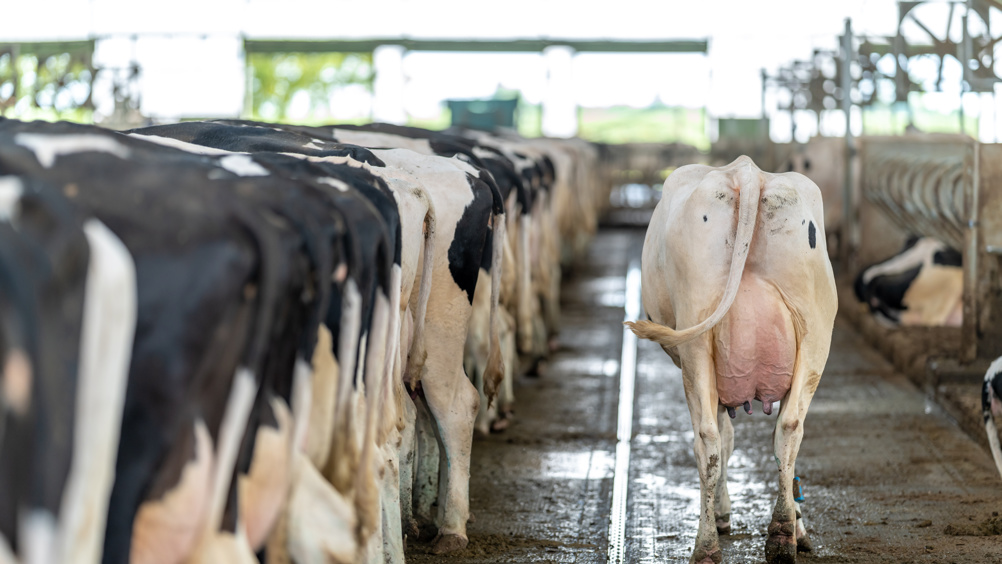References
Reviewing the diagnosis and treatment of digital dermatitis in dairy herds

Abstract
Bovine digital dermatitis (BDD) incidence in the UK was recently estimated at 53.6 cases per 100 cow-years. Few farms engage in active diagnosis of BDD and therefore the importance of this disease is likely underestimated. Although the evidence base for decisions regarding individual treatments and herd foot disinfection remains weak, this article highlights some practical points that can be applied to improve the approach to BDD control. Active diagnosis of acute lesions is needed to improve cure rates and prevent progression to the chronic stage. Footbath chemical concentration and adequacy of renewal of the footbath should be reviewed as these are prone to drifting away from best practice.
Bovine digital dermatitis (BDD) was first described in the UK in 1987 (Blowey, 1987) and quickly became the most prevalent infectious foot disease of cattle in the UK in the 1990s (Borgmann et al, 1996) and is endemic worldwide. A recent meta-analysis of UK lameness research reported the incidence rate of BDD at 53.6 cases per 100 cow-years (Afonso et al, 2020). Given that BDD is estimated to cost $132 per case (Cha et al, 2010) and is a serious welfare concern, this is an area where there is opportunity for veterinary surgeons to have a positive impact.
A reliable and affordable diagnostic test for BDD is not available and so the gold standard for diagnosis remains lifting feet for examination in a foot-trimming crush. This is time-consuming and therefore impractical from a labour perspective, but also uses time when cows could be resting or eating. Mobility scoring is often used to identify lame cows, however for BDD, only 39% of cattle with severe lesions are detected as lame (Frankena et al, 2009). Frequently farms rely on identifying lesions during foot-trimming, but this means treatment will be delayed and often lesions will have become chronic before they are identified. Alternative methods for assessing within-herd prevalence and for identifying acute lesions for treatment are therefore required and this needs to be an active process.
Register now to continue reading
Thank you for visiting UK-VET Companion Animal and reading some of our peer-reviewed content for veterinary professionals. To continue reading this article, please register today.

